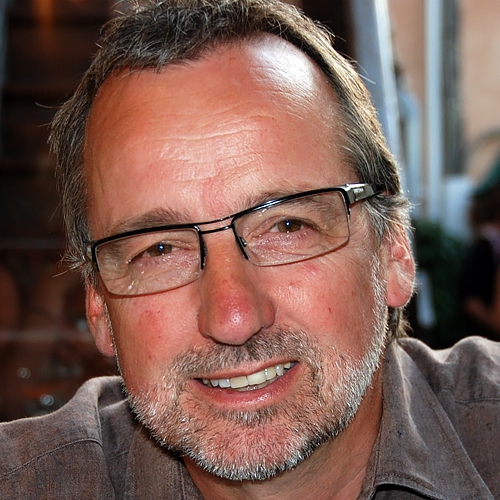 GOLD Learning Speakers
GOLD Learning Speakers


Michael Woolridge, BSc, DPhil
- Speaker Type: Conference 2019
- Country: England
Biography:
"Prior to 1993, Michael researched the basic physiology of breastfeeding, specifically the mechanisms of milk transfer, and how it affects milk composition (in Oxford). After moving to Bristol, he ran an outpatient clinic to support breastfeeding women, applying this earlier knowledge to resolve common problems of breastfeeding.
He has been a member of the Royal College of Midwives’ Breastfeeding Working Party, producing the handbook ""Successful Breastfeeding"". He was also Acting Director of MIDIRS in 1990; and was the Director of UNICEF-UK’s “Baby Friendly Initiative” from 1993 to 1995.
He co-authored (with Mary Renfrew) a structured review of practices which promote or inhibit breastfeeding, with evidence-based guidelines, entitled “Enabling Women to Breastfeed” (HMSO 2000), and has collaborated on the production of several videos.
At Leeds University, he coordinated two large-scale research studies:
-‘LIFT’ (Looking at Infant Feeding Today), which focused on the feeding intentions of socio-economically disadvantaged women, exploring the psychological factors underlying their choice and whether these are open to modification;
-‘SUREmilk’ (SUrveillance of REsidues in human milk’) which comprised a set of pilot studies aimed at testing the feasibility of establishing a regional archive of breast milk samples, to explore possible contamination in breast milk.
Most recently he has undertaken two fresh series of 2D ultrasound studies, the first being largest series of breastfeeding studies undertaken to date, and a second one of bottle-feeding by breast-fed babies.






